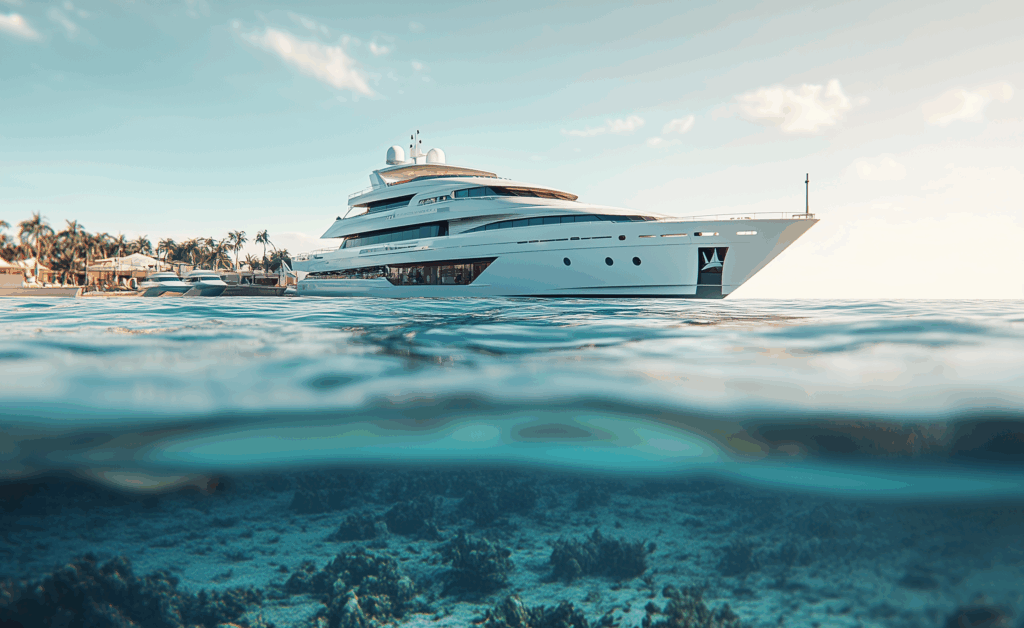We use cookies on our website to give you the most relevant experience by remembering your preferences and repeat visits. Third-party cookies: This site uses Google Analytics to help us understand how you use the site and how we can improve your experience. The data is transferred to Google Inc. sise located in Mountain View, USA. You can accept these third-party cookies at any time by checking the 'Statistics' box in "Cookie settings".
By clicking “Accept All”, you consent to the use of ALL the cookies. However, you may visit "Cookie Settings" to provide a controlled consent. You may choose to Reject All Cookies, which will still allow you to navigate on our site, yet all features may not be available.
Nous utilisons des cookies sur notre site Web pour vous offrir l'expérience la plus pertinente en mémorisant vos préférences et vos visites répétées. Cookies Tiers : Ce site utilise Google Analytics, pour nous aider à comprendre comment vous utilisez le site et comment nous pouvons améliorer votre expérience. Les données sont transférées vers Google Inc. sise à Mountain View, USA. Vous pouvez à tout moment accepter ces cookies tiers en cochant la case ‘Statistics’ dans "Paramètres des cookies".
En cliquant sur "Accepter tout", vous consentez à l'utilisation de TOUS les cookies. Cependant, vous pouvez visiter "Paramètres des cookies" pour fournir un consentement contrôlé. Vous pouvez choisir de Refuser Tous les Cookies, ce qui vous permettra toujours de naviguer sur notre site, mais toutes les fonctionnalités peuvent ne pas être disponibles.
The storage or technical access is strictly necessary for the legitimate purpose of enabling the use of a specific service explicitly requested by the subscriber or user, or for the sole purpose of carrying out the transmission of a communication over an electronic communications network.
The storage or technical access is necessary for the legitimate interest purpose of storing preferences that are not requested by the subscriber or user.
Storage or technical access that is used exclusively for statistical purposes.
Le stockage ou l’accès technique qui est utilisé exclusivement dans des finalités statistiques anonymes. En l’absence d’une assignation à comparaître, d’une conformité volontaire de la part de votre fournisseur d’accès à internet ou d’enregistrements supplémentaires provenant d’une tierce partie, les informations stockées ou extraites à cette seule fin ne peuvent généralement pas être utilisées pour vous identifier.
The storage or technical access is necessary to create user profiles in order to send advertisements, or to track the user on a website or on several websites with similar marketing purposes.





